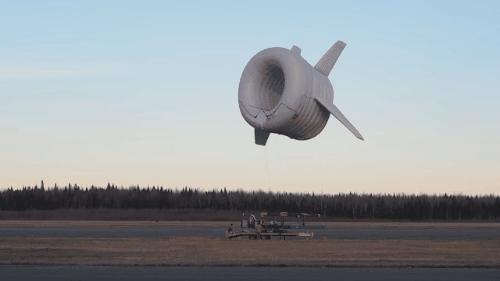Harvesting wind on the ground might soon become a thing in the past as National Aeronautics and Space Administration (NASA) and other companies are developing flying wind farms. So next time that you see a flying object in the middle of the sky’s vastness, it might not be a bird nor a plane, but an air-borne wind catcher.
Wind turbines planted on land are of course one of the life-changing inventions of all time. They have provided tons of renewable energy to millions of homes without leaving carbon footprint at all. However, the stability of the power it can provide is challenged by the unpredictable changes in wind speed and intensity, thus producing inconsistent energy mileage.
Because of that, NASA and other companies and organizations in the United States have thought of a solution on how to maximize the power of moving air. It is by flying kites and drones, 15,000 to 30,000 feet above, to harness wind. Through tethers and cable attached to the main device, the energy can be fetched to the ground.
Mark Moore, a NASA aerospace engineer, has already started a study on the pros and cons of these turbines. Meanwhile, Sky Windpower, a San Diego based company, is also developing devices such as the Flying Electric Generator (FEG), a kite-like 1,100-pound air-borne wind turbine with the hope to build stable flying wind farms in the future.
How promising is this technology? Well, mounting a wind turbine on land can be space consuming and costly without the guarantee of harvesting constant energy supply. Meanwhile, investing in flying wind turbines can cut costs, eliminate environmental impact and secure stable power service. Moreover, wind in higher altitude is more predictable and stronger.
Unfortunately, there are also setbacks that scientists and engineers behind this innovation are facing. Because this technology will also act like vehicles roaming the space above, there should also be a strict air traffic monitoring to be developed so that it will not become hazardous to other flying objects. Also, there is a challenge in transporting energy harnessed in the skies above the oceans towards land-based power plants.
There is indeed a lot of researches and efforts to be done to make this flawlessly possible. As companies and organizations take the first steps in this plausible venture, other businesses and companies will surely be following the course to make this planet greener than before.
Follow our Linkedin page for the latest industry news
Want to read articles like this, click here
To read the latest GineersNow magazines, click here












